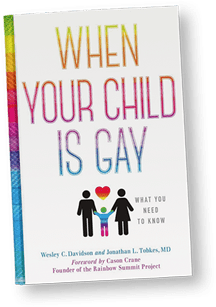- CDC’s Recent Sexual Orientation Survey Has Flaws
In the July 22 article in The New York Times entitled “Questions of Orientation,” http://New York Times/7/22/14/Questions of Orientation, Jan Hoffman writes about the inadequacies of gathering information about sexual orientation. For the first time, respondents were asked about their sexual orientation while taking the Centers for Disease Control and Prevention (CDC)’s annual National Health Interview Survey.
Findings of Survey
Out of 34, 557 adults ages 18 and older, the survey reported 1.6 percent said they were gay or lesbian. These numbers are probably low, according to Gary J. Gates, of the Williams Institute of Law at UCLA that focuses on law and policy issues related to sexual orientation and gender identity. The survey did not measure sexual identity, only sexual orientation.
Problems Inherent In Most Sexual Surveys
Most surveys, including Gallup polls are not truly reflective of the GLBTQ population because:
- · The administrators of these tests don’t define what constitutes sex. For example, are you still a virgin if you’ve had anal, but not vaginal, sex?
- · If you are a guy who has had sex with another male, does that make you gay or were you just experimenting? Do you identify as heterosexual because you are now having sex with females? Or does your sexual experience with both females and males render you bisexual?
- · In the NHIS survey, slightly over 2 percent identify as lesbian, gay or bisexual. There was evidence that bisexuals perceive more stigma and discrimination than gay and lesbian people. They reported high levels of psychological distress. ( In our society, some regard bisexuals as being promiscuous, having more partners as well as wishy-washy because they can’t decide if they are gay or straight)
- · Young people under 30, six percent identify as LGBT. They are more open about their sexuality. Older respondents, according to Gallup data, are three percent and less likely to disclose their orientation.
It is always difficult to obtain an accurate picture of sexual orientation when the interviewer doesn’t elaborate on definitions, and the respondent is willing to disclose his orientation and/or identity without feeling he/she is being judged.
Otherwise, the findings of the testings may as well be in the closet, as so many of the interviewees are.

When Your Child Is Gay: What You Need To Know
For more detailed advice, see book, co-authored with a mother of a gay son and a psychiatrist, Jonathan L. Tobkes, M.D.